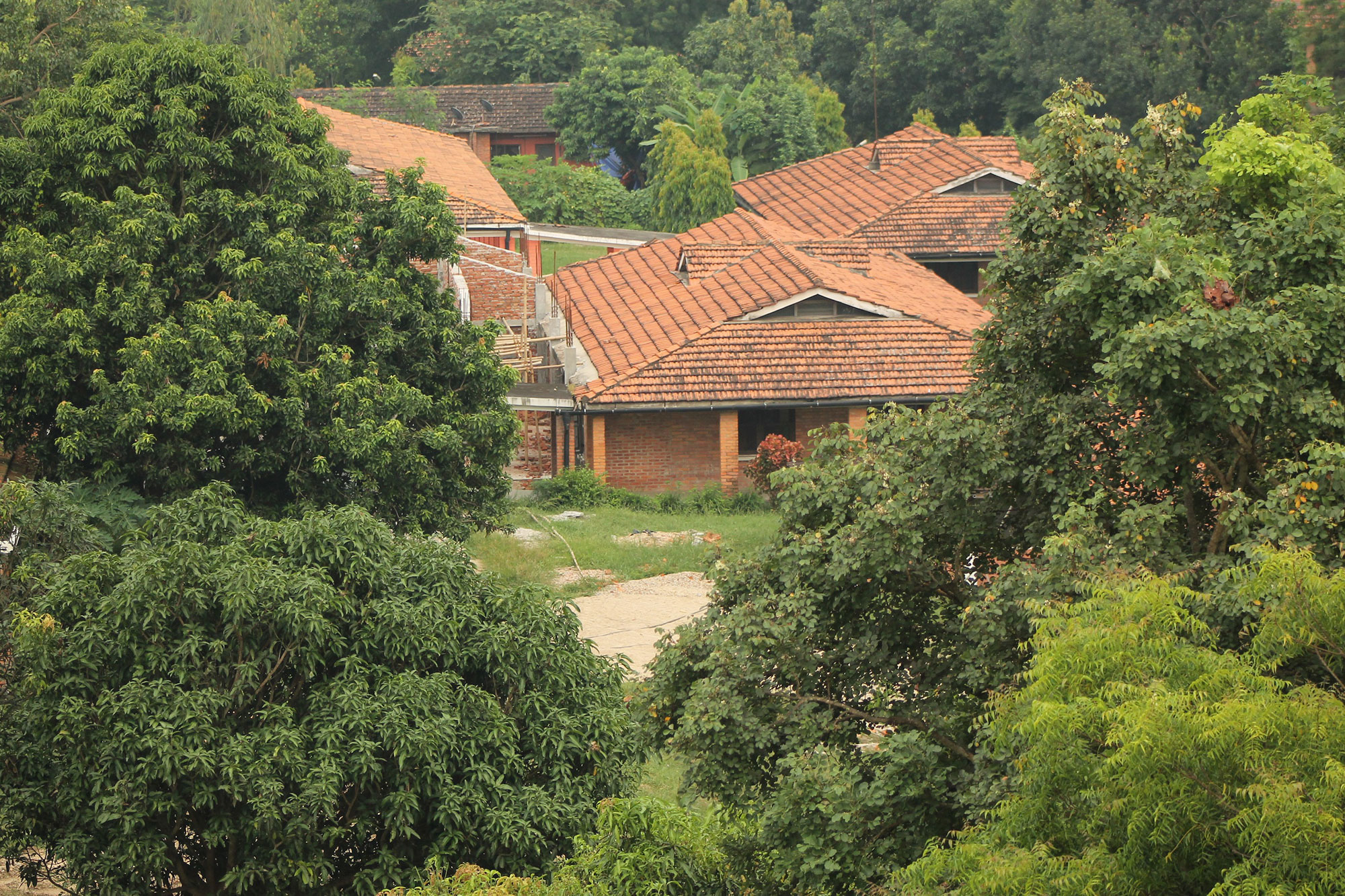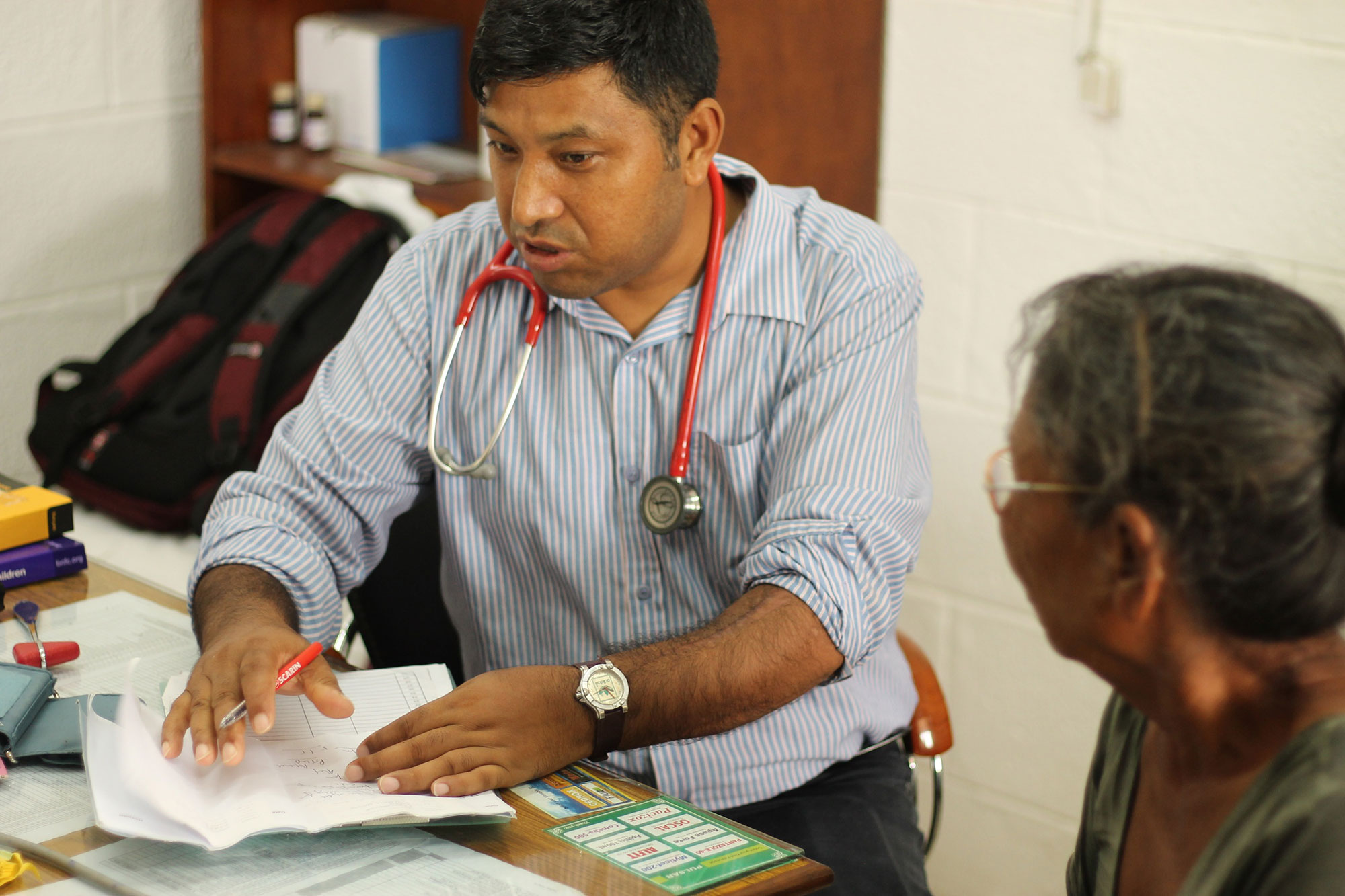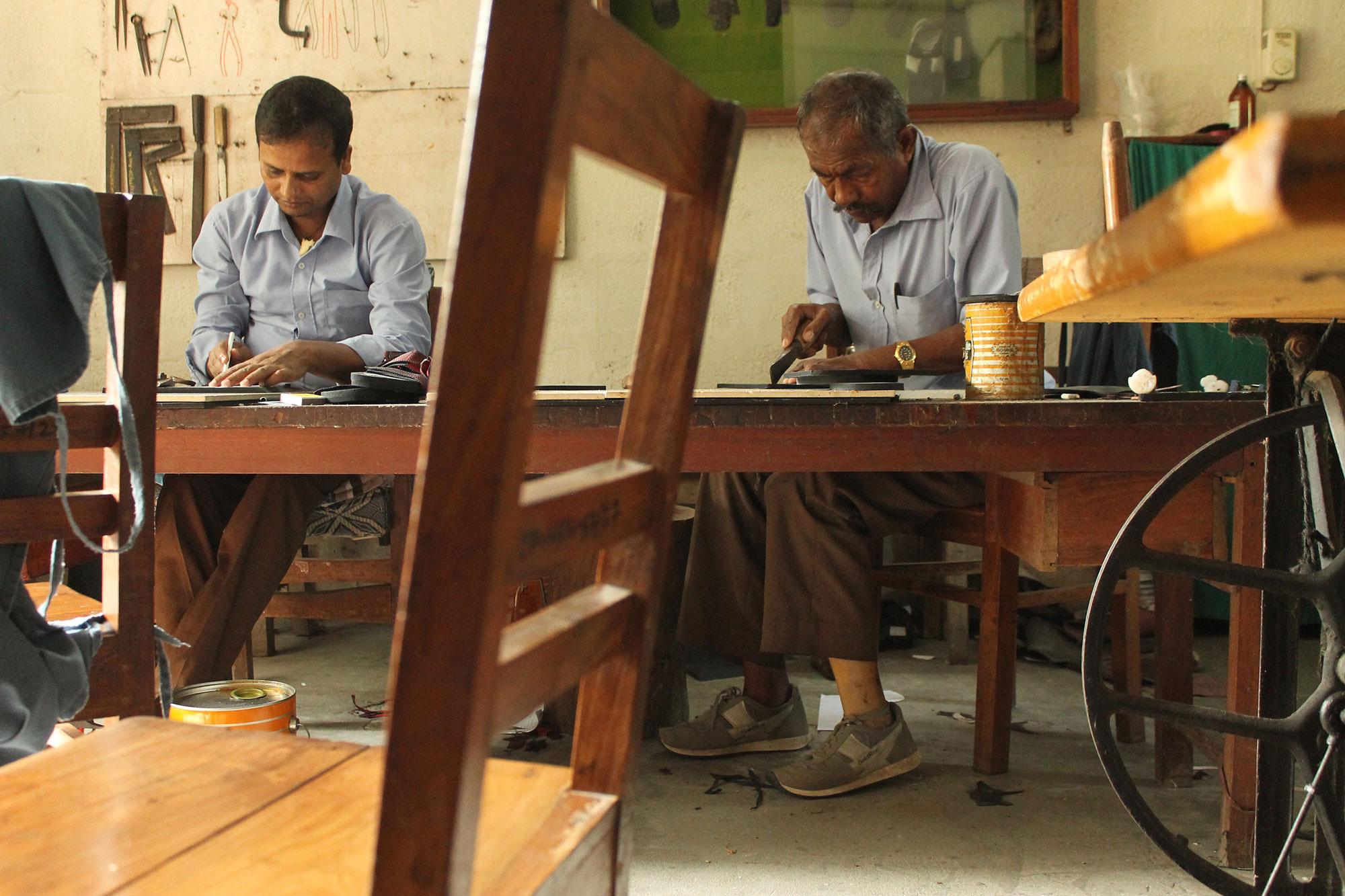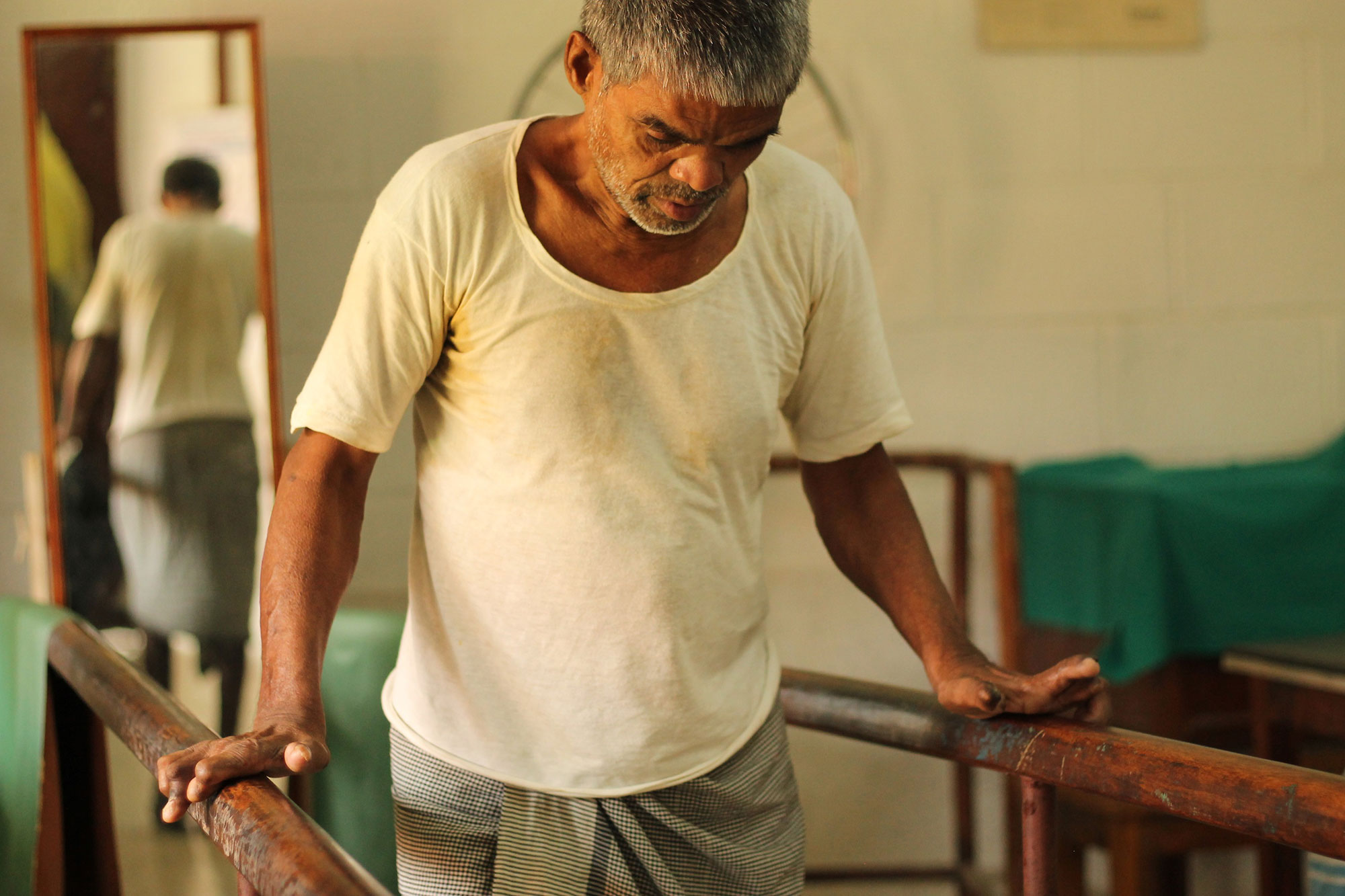Inside Nepal's busiest leprosy hospital
The Lalgadh clinic aims to treat, rehabilitate and provide psychological counselling, but patients often come too late.
- Engagement: 1
Lalgadh, Nepal - The Lalgadh Leprosy Hospital in Nepal is considered one of the busiest in the world, with more than 1,200 new patients each year.
Founded by a British nurse, Eileen Lodge, in 1993, the hospital originally had just three staff members. Now, the medical team is 34-people strong.
Founded by a British nurse, Eileen Lodge, in 1993, the hospital originally had just three staff members. Now, the medical team is 34-people strong.
Each year, about 250,000 people are infected with leprosy worldwide. Although Nepal's government announced that leprosy had been eliminated in the country in 2009 - based on the World Health Organization's measurement of less than one case per 10,000 members of the population - that does not mean it has been eradicated. In fact, leprosy is endemic in some parts of the Himalayan country.
Despite the very low risk of infection, the stigma surrounding the disease can be extreme in Nepal. Patients are often isolated and abandoned by their families and communities in a country where the law prohibits infected people from working or marrying. In some rural areas, the disease is considered a curse from God as a punishment for sins committed in a former life.
Despite the very low risk of infection, the stigma surrounding the disease can be extreme in Nepal. Patients are often isolated and abandoned by their families and communities in a country where the law prohibits infected people from working or marrying. In some rural areas, the disease is considered a curse from God as a punishment for sins committed in a former life.

Nepal's Lalgadh leprosy hospital is 193km southeast of the capital, Kathmandu. It was built in 1993 on the site of a former Nepalese military training ground. [Martin Zinggl/Al Jazeera]

The clinic was erected in the middle of a jungle, meaning that poisonous snakes, spiders and scorpions posed a potential threat to patients. These may have been largely eradicated, but malaria continues to kill people living in and around Lalgadh. [Martin Zinggl/Al Jazeera]

Dr Krishna is the head of the medical staff at Lalgadh and has been working at the hospital since it opened in 1993. It is work that carries deep personal significance for him. His grandparents and mother suffer from leprosy, and he was born and raised in a leprosy colony near Kathmandu. Today, he is an expert on the disease, having dedicated his life to helping the afflicted. 'I wish to ban leprosy out of Nepal, but I know I will not live to see that happening,' he says.[Martin Zinggl/Al Jazeera]

Since it had opened, more than 32,000 leprosy patients have been treated at Lalgadh free of charge. However, Dr Krishna says, 'We hardly know anything about this mysterious disease.' [Martin Zinggl/Al Jazeera]

Leprosy does not discriminate based on gender or age, but it does seem to target the poorest of people. Harsh working and living conditions, poor water supplies and malnutrition can lead to a weakened immune system, allowing the bacteria to enter the body and spread. Dr Krishna says: 'As long as poverty is not fought in this world, leprosy will continue.' [Martin Zinggl/Al Jazeera]

If a patient is treated within six months of the first symptoms appearing, the commonly seen 'claw hands' can be avoided. These deformations of phalanges and joints are a result of the nerves in the toes and fingers dying. [Martin Zinggl/Al Jazeera]

Generally, it takes between two and 20 years after exposure to leprosy for the symptoms to appear - often in the form of nerve damage in the toes, fingers, nose or eyelids. Numbness in these body parts means that wounds often go unnoticed and can become infected. [Martin Zinggl/Al Jazeera]

As a result of the stigmatisation and isolation they often face, many patients suffer from depression. Some become suicidal. At Lalgadh, psychological counselling is an important part of the treatment patients receive. [Martin Zinggl/Al Jazeera]

Patients talk and play cards and board games with each other. The bonds they develop can help counter the effects of their isolation, providing them with moments of happiness and mutual understanding. [Martin Zinggl/Al Jazeera]

Many patients stay at the hospital for a couple of days and up to two years, depending on the severity of their case. But some stay forever, preferring not to return home to families and communities were they have been stigmatised and isolated. They work In the hospital as waiters in the canteen, or in the workshop that produces special shoes for leprosy patients. [Martin Zinggl/Al Jazeera]

Special shoes for patients without toes are made in Lalgadh's footwear workshop, which is operated by former patients. [Martin Zinggl/Al Jazeera]

Often, by the time a patient reaches the hospital, it is too late and infected body parts need to be amputated. Chandre Shor went to Lalgadh when there were maggots in his wounds and friends complained about the smell. He waited so long, he said, because he was scared of being diagnosed with leprosy and suffering further stigmatisation as a result. Shor died as a result of a blood infection two days after this picture was taken. [Martin Zinggl/Al Jazeera]

Physiotherapy is key for the patients. The day after his surgery, Shree Lal, who lost a toe, is learning to walk again with the aid of rehabilitation bars in Lalgadh's physiotherapy station. Often, the patients end up in wheelchairs or having to use walking sticks. [Martin Zinggl/Al Jazeera]

Leprosy can be treated with medication. But the physical and psychological consequences last a lifetime, sometimes drastically minimizing the patients' quality of life. [Martin Zinggl/Al Jazeera]
Citation:
Zinngl, Martin. "Inside Nepal's Busiest Leprosy Hospital." Al Jazeera. Al Jazeera Media Network, 23 Feb. 2016. Web. 24 Feb. 2016. <http://www.aljazeera.com/indepth/inpictures/2016/02/nepal-busiest-leprosy-hospital-160217072352121.html>.
Response:
The Lalgadh clinic in Nepal has been treating patients with
leprosy since it was founded in 1993. The author of this article, Martin
Zinngl, identifies the suffering of the patients who not only endure the
physical symptoms of the leprosy but also suffer the social stigma that
accompanies the disease.Such dishonor prevents many patients from coming to
get help at a clinic that offers free services. He is biased against the Nepalese government and social stigma that associates with leprosy. Zinngl writes that the hospital
is located in the middle the jungle where at one time, patients were vulnerable
to snake bites and scorpions. This obviously dangerous location is remote and
highlights the removal of patients with leprosy from day to day society. He
also states that Nepalese government announced the eradication of leprosy,
ignoring the epidemics in the Himalayan regions.
It
is evident that the Nepalese government and society are attempted to control
the leprosy epidemics and protect the healthy by exiling those who are infected
but this only creates a society that fears leprosy. Zinngl assumes that reader knows that such social stigma
are unnecessary as leprosy is curable, especially in the early stages. While
the Nepalese government is desperate for the eradication of leprosy, they are
only hindering their goal by accepting and almost encouraging social stigma. This
encouragement is expressed through laws that outlaw marriage and employment of
leprosy patients. Other than banning leprosy patients from integrating in
social life, they should educate the Nepalese people about leprosy and
encourage people visits to hospitals such a Lalgadh for treatment. Zingll identified that some of the stigma
comes from a religious perspective that the patients are being punished for
sins from a past life. This viewpoint can also be counteracted through proper
education about the bacteria that causes leprosy. The consequences of patience
waiting too long, Zingll writes, is to lose appendages and or in the case of Chadre Shor, death. Zingll
tells the story of Chandre Shor in order to reiterate the severity of
consequences of those cases that are not treated in the early stages.
In the last few sentences of this
article Zingll states: “Leprosy can be treated with medication. But the
physical and psychological consequences last a lifetime, sometimes drastically
minimizing the patients' quality of life”. Zingll has written various article
from Nepal for Al Jazeera so the audience that Zingll is speaking to could be
the Nepalese government and society to advocate an alternate approach to fighting
leprosy. When patients are exiled it is detrimental to their mental health and
is not necessary in order to receive adequate treatment.
Measure
Measure
No comments:
Post a Comment